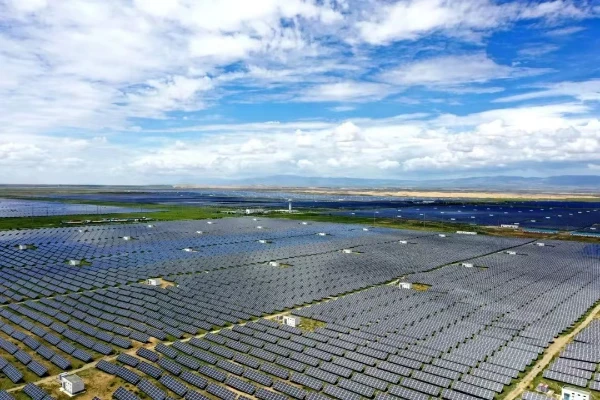When it comes to the world of geology and mineralogy, the allure of rocks and minerals extends beyond their aesthetic appeal. For many enthusiasts, collectors, and even investors, the question arises: How to tell if rocks are worth money? This inquiry requires a nuanced understanding of various factors, including the type of rock or mineral, its rarity, market demand, and potential uses. In this article, we will delve into the intricacies of assessing the monetary value of rocks, providing you with a structured approach to evaluate your geological finds.
Understanding the Basics: Types of Rocks and Minerals
Before diving into valuation, it's essential to understand the different categories of rocks and minerals. Broadly, they can be classified into three types:
- Igneous Rocks: Formed from cooled magma or lava, these rocks can contain valuable minerals like quartz, feldspar, and mica.
- Sedimentary Rocks: These rocks are formed from the accumulation of sediments. They can contain fossils and minerals like limestone and sandstone, which may have commercial value.
- Metamorphic Rocks: Created under heat and pressure, metamorphic rocks such as marble and slate can be highly sought after for construction and artistic purposes.
Key Factors in Valuation
To determine if a rock or mineral is worth money, consider the following factors:
- Rarity and Demand
The rarity of a rock or mineral significantly influences its value. For instance, gemstones like diamonds, rubies, and emeralds are rare and highly sought after, commanding high prices. Conversely, common minerals like granite or limestone are widely available and typically have lower market value. Research current market trends to understand which rocks and minerals are in demand.
- Quality and Condition
The quality of the rock or mineral plays a crucial role in its valuation. Factors to consider include:
- Color: Vibrant, saturated colors often enhance value, especially in gemstones.
- Clarity: For gemstones, clarity refers to the absence of inclusions or blemishes. Higher clarity usually translates to higher value.
- Cut: The way a gemstone is cut can affect its brilliance and overall appeal. Well-cut stones are generally more valuable.
- Size and Weight
In many cases, larger specimens of rocks and minerals are more valuable. However, this is not a strict rule. For example, a small, high-quality diamond can be worth more than a larger, lower-quality stone. When assessing size, consider the context of the specific type of rock or mineral.
- Provenance and Certification
The history of a rock or mineral can add to its value. Provenance refers to the origin and ownership history of the specimen. Additionally, certified appraisals from reputable gemological laboratories can significantly enhance the credibility and marketability of a rock or mineral.
Practical Steps to Assess Value
Now that we have established the key factors influencing value, here are practical steps to assess whether your rocks are worth money:
Step 1: Research
Utilize online resources, books, and databases to identify the type of rock or mineral you possess. Websites like Mindat.org and the International Gem Society provide valuable information on various minerals and their market values.
Step 2: Conduct a Visual Inspection
Examine your rock or mineral closely. Look for unique features, colors, and textures. Use a magnifying glass to inspect for clarity and inclusions, especially in gemstones.
Step 3: Seek Expert Opinion
If you believe your rock or mineral may have significant value, consider consulting a geologist or a certified appraiser. Their expertise can provide you with a more accurate valuation.
Step 4: Compare Market Prices
Check online marketplaces, auction sites, and mineral shows to compare prices of similar specimens. This will give you a better understanding of the current market value.
Step 5: Consider Selling Options
If you determine that your rock or mineral is indeed valuable, explore various selling options. You can sell through online platforms, local mineral shows, or auctions. Each method has its pros and cons, so choose one that aligns with your goals.
Conclusion
Determining whether rocks are worth money is a multifaceted process that requires careful consideration of various factors, including rarity, quality, size, provenance, and market demand. By following the outlined steps and leveraging available resources, you can make informed decisions about your geological treasures. Whether you are a passionate collector or an aspiring investor, understanding the nuances of rock valuation can lead to rewarding discoveries and potential financial gains. So, the next time you stumble upon a rock, remember: it might just be a hidden gem waiting to be unearthed.




